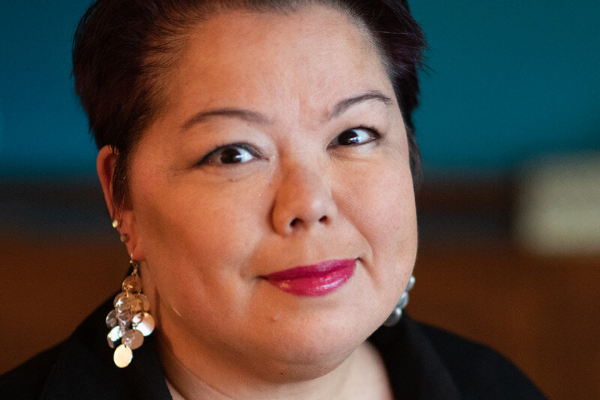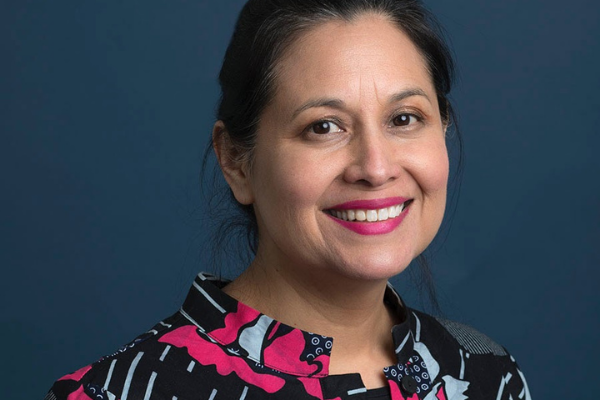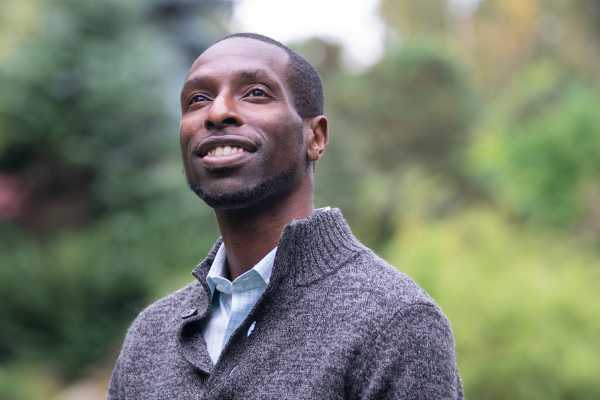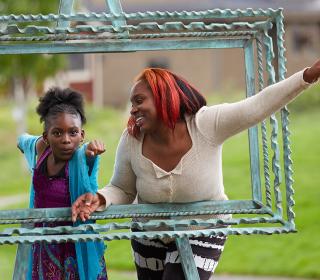Our speakers

Naomi Ishisaka has over two decades of experience in journalism and photography. She was editor in chief of Colors Northwest for eight years. At the Seattle Times, she is currently the social justice columnist and assistant managing editor for diversity, inclusion, and staff development.

Florangela Davila is the news director of our local NPR station, KNKX, where she’s transformed the newsroom and is broadening the content to look and sound more inclusive and more racially and ethnically representative of the region.

Marcus Harrison Green is the publisher of the South Seattle Emerald and a columnist with the Seattle Times. Growing up in South Seattle, he experienced firsthand the impact of one-dimensional stories of marginalized communities, which taught him the value of authentic narratives.
A discussion of media, race, and gender
How has the media been used to perpetuate stereotypes about and justify violence against BIPOC communities?
MHG: We are what we continually consume in our media constantly, whether we are aware of it or not. Many people internalize these false narratives about them and treat them as true. To me, those are the things that you might say are unintended consequences or perhaps intended consequences of not presenting stories in ways that are truly accurate in terms of allowing people to be their full humanity. And I think that's when you have anti-black coverage, when you have racist coverage, that is exactly what it is. It's a denial of somebody's full humanity.
How can bias about communities manifest itself in coverage?
FD: You have to convince your editors that there's value in sending us and giving us time to explore stories that may not be apparent or may not be coming from a press release. And that may not be the typical narrative.
When you go into communities, there's trust to be built because the only time they've seen the media trucks and the reporters is in the aftermath of violence situations. When communities don't see themselves holistically profiled in all different ways, it’s hard to build trust. That takes time. It’s not something quick and dirty but often journalism is a profession under deadlines, and we're trying to get the story right. But sometimes getting the story right, getting the right story takes time.
How can the media be used to disrupt racism and what you think is the road to bend that arc?
MHG: One of the things that the media can simply do is to tell the truth and not have sort of this false binary. I think we can call things what they are. And I think one of the hardest things about media as a business is it's always going to be more lucrative to tell people what they want to hear versus telling people what they need to hear.
That's one of the reasons that I founded the South Seattle Emerald as a nonprofit, as opposed to a for-profit business, so that it could be a more mission driven. Unfortunately, that does mean that we get a lot of criticism. As we move forward, we just need to continue to reiterate the truth day in and day out every single day.
FD: There is so much contention over the differences that we have among us. And while that is true, I think it's our responsibility to lean in and explain who people are fully and give people a better sense of the life that people are living and the struggles that they're facing and the systems that they are faced with and the racism that is happening. I think that's also the power of investigative work, because sometimes it takes a lot of stories to be presented to a listener or a viewer who refuses to acknowledge that there's systems in place that are racist.
How can the public support community media and help to ensure that our media covers our communities more accurately and thoroughly?
FD: Support local journalism. Help fund it, pay for it. Pay for it through email, pay for it through a tweet and acknowledging why you liked the story, join in an event and support and help.
MHG: I would also say just any financial support that you can give to organizations like KNKX, South Seattle Emerald, Converge, wherever. There's a huge resource gap between organizations like ours and we are trying to do a great work.
Stay engaged!
Thank you to our amazing panelists for sharing their perspectives and experience with us. You can find a recording of the full event as well as a list of resources to take a stand against racism every day here.
Join us for our other upcoming community events, Winning Within on May 24 and the Bertha Pitts Campbell Equity Awards on June 9. Both are virtual and free, so we hope to see you there!

Annalee Schafranek is the Marketing & Editorial Director at YWCA. She contributes agency news, press releases, and media coverage to the website. Annalee’s educational and professional experience has always focused on the place where gender equity and media meet.
We share the stories of our program participants, programs, and staff, as well as news about the agency and what’s happening in our King and Snohomish community.

